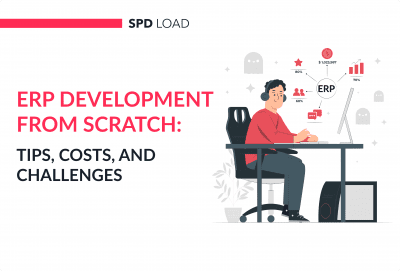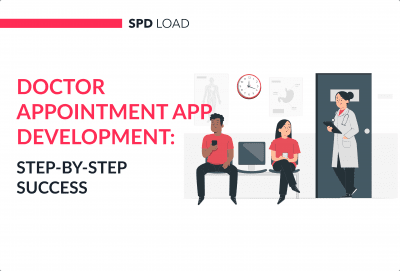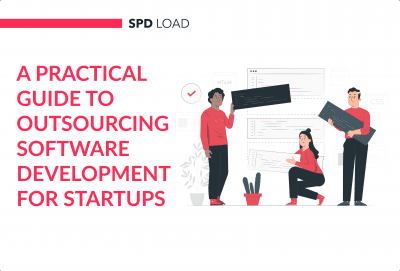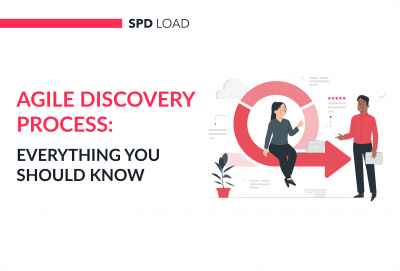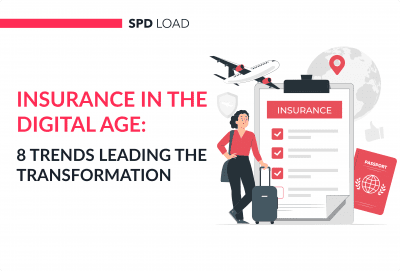Сustomer Lifetime Value Calculator
- Created: Apr 09, 2024
- 5 min
Have you ever thought about the lifetime value of your customers?
Try our simple tool to find the lifetime value of every customer connection.
Use the knowledge to grow your business by using custom marketing and smart investing.
How to Use the CLTV Calculator?
CLTV is a key metric that helps businesses understand the value of each customer across their entire relationship with the company.
Here’s how to calculate it with our CLV formula calculator:
Enter the average spend per customer per transaction with your business.
This could be the average order value for an e-commerce store or the average bill for a subscription service.
Next enter how often your customers buy from your business.
Then enter how long you expect a customer to stay with your business.
This could be the number of years a customer buys from you before they stop.
Once you’ve entered those numbers the customer LTV calculator will calculate the Customer’s Lifetime Value (CLTV).
It does this by multiplying the average spend by the purchase frequency and then by the customer lifetime.
CLTV formula:
CLTV=Average Spend per Customer×Purchase Frequency
Where:
- Monthly Revenue per Customer: The average monthly revenue generated from each customer.
- Customer Lifespan in Months: The average duration for which a customer subscribes to the SaaS service, typically measured in months.
This formula assumes that the revenue from the customer remains constant over their subscription period.
Let’s say the average monthly revenue per customer for a SaaS service is $50, and the average customer lifespan in months is 24. Using the adapted formula:
CLTV=$50×24=$1,200
So, the Customer Lifetime Value (CLTV) for this SaaS service is $1,200.
Note that this simplified formula assumes a constant monthly revenue per customer over the entire subscription period and doesn’t take into account factors such as customer churn or potential upselling, which would affect the actual CLTV calculation.
A churn rate calculator can reveal valuable insights into customer satisfaction and retention strategies.
With the CLTV calculated, you can now understand how much revenue each customer is expected to generate over their lifetime.
This information can help you make decisions about customer acquisition, retention strategies, and marketing efforts to maximize the value of your customer relationships.
What is CLTV (Annual Recurring Revenue)?
Customer Lifetime Value (CLV) is a business way of saying how much money a company expects to earn from a customer during their entire relationship with that customer.
Let’s say you own a coffee shop.
You have a regular customer named Sarah who comes in every day and spends $5 on coffee.
She’s been doing this for a year now, so her total spending with your shop is $5 x 365 days = $1825.
Now, let’s imagine Sarah continues to be a loyal customer for the next few years.
You might estimate that she’ll keep coming in for another 5 years. So, if she continues spending at the same rate, her lifetime value to your coffee shop would be:
$5 (daily spending) x 365 days x 5 years = $9125
This means that Sarah’s total spending over her lifetime as a customer could potentially be $9125.
Knowing the CLV helps businesses understand how much they should invest in acquiring new customers and how much they should spend to keep existing customers happy. Learn more about SaaS customer support.
Let’s explore the importance of this metric further.
Why is CLTV Important?
Customer Lifetime Value (CLV or CLTV) is important for businesses for many reasons:
CLV helps businesses decide how much to invest in new customers vs existing ones. By knowing the value of a customer for life, businesses can allocate resources better.
CLV allows businesses to optimise their marketing. They can focus on customers with high CLV, so their marketing budget is spent on customers who will generate revenue over time.
CLV also helps businesses understand the value of each customer over time. They can then segment their customers into groups based on their value and create special marketing plans for each group to make them happy and spend more.
Learn how to craft effective email marketing strategies for startups to boost engagement.
CLV reminds businesses to keep customers happy because it’s usually cheaper to do so than finding new ones. So they focus on keeping current customers happy and coming back.
When businesses know how much they can make from a customer over time they can find ways to make products better or offer new things that will make high value customers spend more.
Also CLV is good for financial forecasting and long term planning. It helps businesses forecast future revenue, profitability and make informed decisions.
In short, CLV is important because it helps businesses allocate better, improve customer relationships and grow long term.
Get a strategic MVP to mitigate risks.
How to Increase CLTV?
Before we get to how to increase CLTV, let’s first note that CLTV varies across industries.
For example:
- B2C Apps (e.g. Spotify) have lower CLTV because individual customer spend is low. But they make up for it with a huge user base.
- B2B SaaS (like us) want higher CLTV because we have fewer customers and need to get more value out of each.
- Longer buying cycles mean higher customer acquisition cost so we need more value from customers.
- B2B relationships last longer so CLTV is higher.
Increasing Customer Lifetime Value (CLTV) is all about making your customers happy and getting them to come back for more.
Here’s how:
Make sure your customers have a positive experience every time they interact with your business. Answer quickly, resolve issues fast and go above and beyond.
For example if you have an online store and a customer has a problem with their order, offer them a discount on their next purchase as a goodwill gesture.
Encourage customer loyalty through incentive schemes like loyalty programs, reward customers with points or perks for every purchase.
Send personalized marketing messages to individual customers based on their preferences, purchase history and behavior.
Learn how to craft effective email marketing strategies for startups to boost engagement.
Use data to send targeted promotions and suggestions to each customer. For example a marketplace can send personalized product recommendations based on past purchases.
Go beyond transactions and build a deeper relationship with customers. Engage with them on social media, respond to their feedback and questions and thank them for being a customer.
Offer products or services that meet or beat customer expectations. Highlight quality, reliability and innovation to differentiate yourself from competitors and build trust with your customers.
Add extra services or features to the customer experience.
By doing this businesses can increase CLTV by increasing customer satisfaction, loyalty and repeat purchases and ultimately long term profit and growth.
Additionaly, using a CAC calculator can help you make informed decisions on acquisition strategies.





